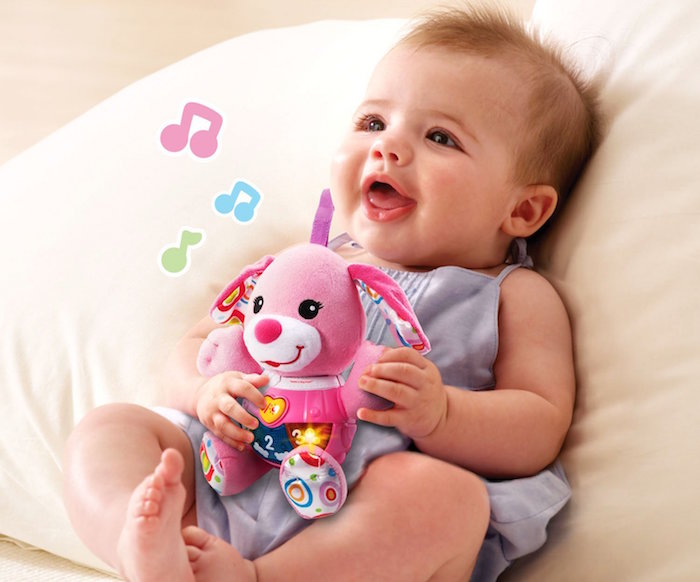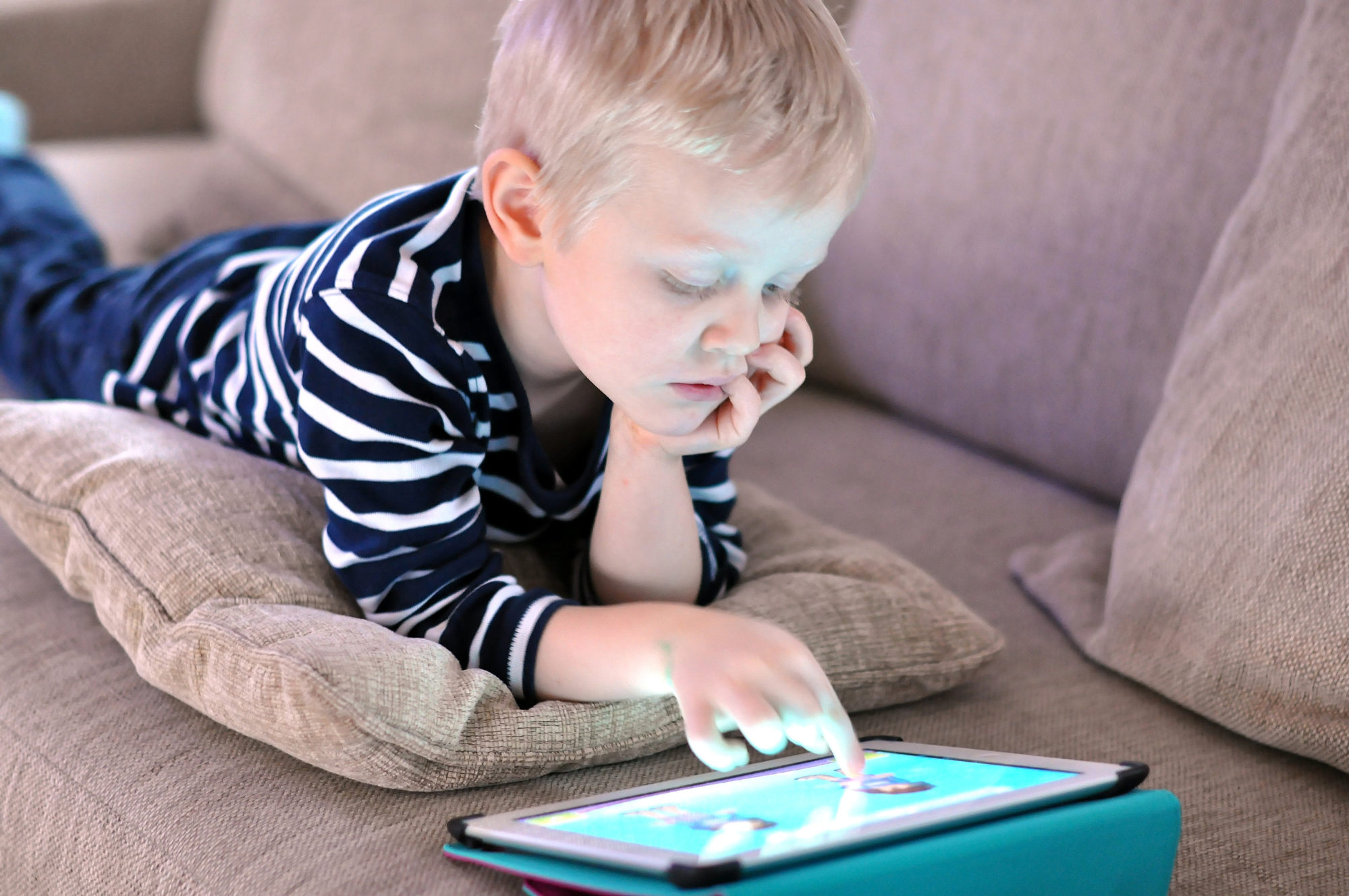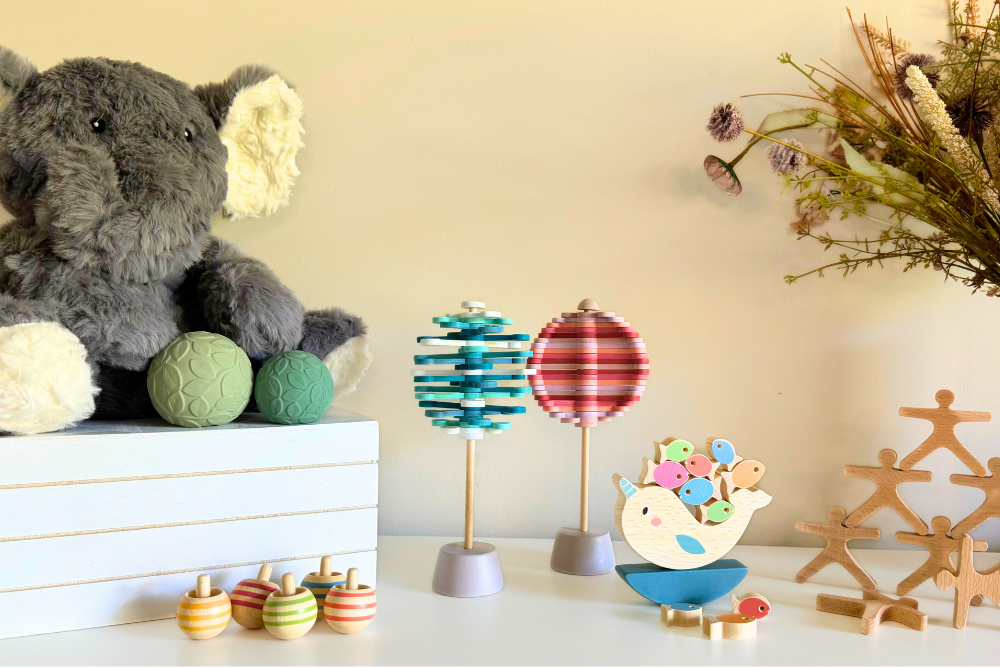What is the link between play, technology and learning? Researchers have proposed that technology is an integral learning tool for promoting social, linguistic and cognitive development in young children. But how does this ‘tool’ become part of young people’s lives? For young children, learning through play, exploration and observation is important and technology is a cultural tool that children use and assimilate into their everyday experience. In our evolutionary past, traditions in tool use were passed on across generations through children observing and copying their parents. Nowadays formal education also has a part to play in what is transmitted from generation to generation.
In a previous blog I explained the importance of play with young babies. But what do we mean by play in the context of technology? If children chose an activity, actively engage in it and mould it to fit their experiences then this is play. Technology that allows children to be creative enhances their learning and can also help them with their social development. I am associated with the Children and Technology Lab (ChatLab) at the University of Sussex where much of the research involves exploring how technology can enhance children’s playful learning experiences and improve social skills. Play with augmented technology can help children with developmental difficulties to communicate, learn and become more socially aware.
Children, from a very young age, are surrounded by the technology used by their parents, older children and other adults. It is, therefore, unsurprising that even babies pay attention to toys that are similar to their parents’ smartphones or tablets. Toys that make noises, flash lights and use words are attractive to young children. And the more similar that these toys are to their parents devices the more popular they are with young children.
A few years ago we ran an impromptu study with my young granddaughter, Emmie (then eight months old) where we gave her a choice of two mobile communication devices. I placed the two devices on the floor within crawling distance of the eight month old and she made her choice by crawling towards a device and grasping it. No matter how many times we repeated the ‘experiment’ (moving her away from the two devices, moving the devices around, placing them screen down) she invariably chose one over the other.
My granddaughter’s preference for one device over the other is probably because of her familiarity with that particular device. The device that Emmie preferred was her father’s mobile which she often played with. Children, even young ones, tend to imitate the people around them and they most frequently observe and copy their parents’ behaviour. To a certain extent children will be drawn to technology because they see their parents using electronic devices a lot of the time.
Children play and learn with technology. In previous decades there was a debate about television interfering with children’s learning; nowadays play with technology is criticised because it potentially inhibits children’s imagination. It is unlikely that children’s creativity and imagination is stifled by technology; play is creative and children often take the cultural tools available to them and use them in innovative ways. The most beneficial synthesis of children, play and technology is when parents involve themselves in their children’s playful learning experience; remember that the best form of parental investment is the quality time that parents spend with their children!
You might also like to read:
Development of our Children’s Fine & Gross Motor Skills: We’re falling short
‘The Future Belongs To Those who Give The Next Generation Reason For Hope’.









